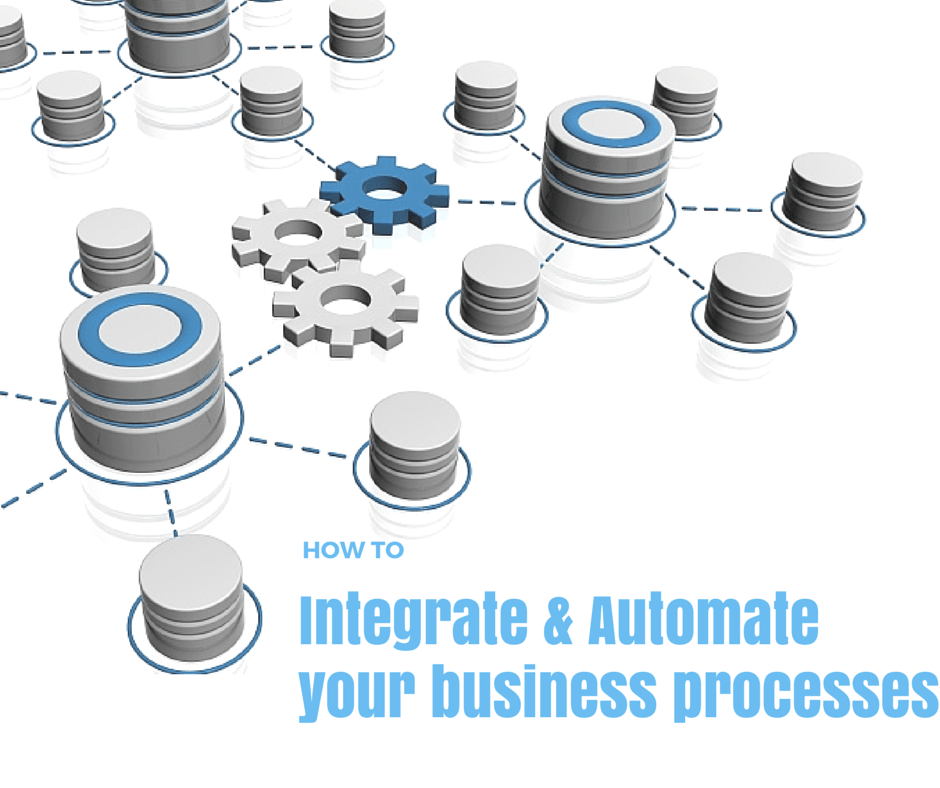Can one generation truly make such a big difference in the business world? Absolutely!
Millennials are quickly becoming the largest generation in the workforce. According to Dan Schawbel (Forbes, 2013)3, “by 2025, Millennials will account for 75% of the global workforce”. Compared to the Gen X’ers and Baby Boomers, Millennials go into the workforce with different work and culture expectations. They expect transparency, collaboration, a great company culture and tech innovations. Read more

 First, let us define these two terms:
First, let us define these two terms: It’s quite common for businesses to implement an ERP system that has been tweaked for their company. In other words, customization of ERP systems is normal. However, is it the best thing to do for your solution as well as for your business?
It’s quite common for businesses to implement an ERP system that has been tweaked for their company. In other words, customization of ERP systems is normal. However, is it the best thing to do for your solution as well as for your business? 
